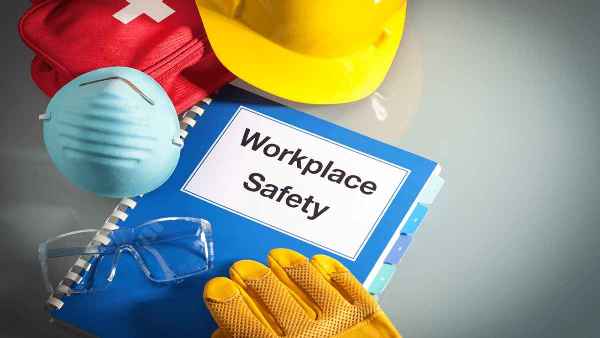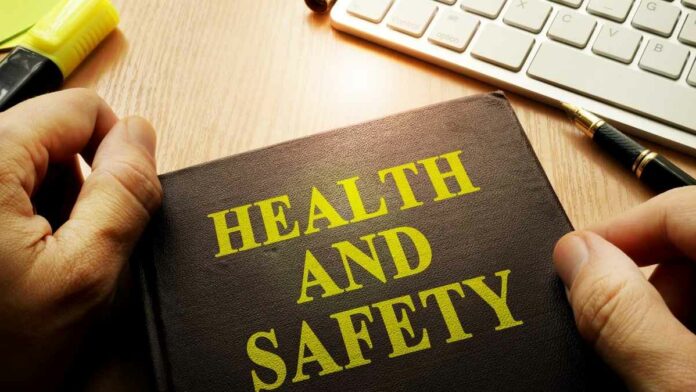Health and Safety concerns have become increasingly prevalent in recent decades.
In the early part of the 20th century, workplace hazards were largely seen as inevitable – but thanks to a range of measures, the workplace is safer than it ever has been.
There are a number of incentives driving employers toward a health and safety culture. Let’s assess a few of the more important ones.
Table of Contents
Why should employers care about health and safety?
The law
Employers have a legal responsibility to provide a safe working environment. If you fail to do so, and an employee becomes ill or injured as a result, then you might find yourself vulnerable to legal action.
The relevant legislation in most cases is the Health and Safety at Work Act 1974, though the law provides workers with many overlapping protections.
Productivity costs
When workers become injured, they are often forced into taking time away from work. This means that you’ll suffer from absenteeism and its associated drawbacks.
Filling the gap in the workforce will require time and energy, and the result might not always be satisfactory. We might also consider the phenomenon of ‘presenteeism’, which sees workers come into work when they ideally should stay home – resulting in a declining standard of work.
Even if the effects of an illness are minor enough that a given employee can still come into work, it’s likely that they’ll perform to a lower standard – even if the difference is subtle.
The benefits of a healthy work environment

When workers perceive that an employee is looking after their interests, they’ll tend to be happier at work.
Thus, health and safety measures can indirectly result in a broad uptick in morale. Of course, happier workers tend to be more productive, and their enthusiasm might translate to customers and clients who favour the business.
It might be enough to provide and mandate certain key pieces of personal protective equipment and clothing.
Continuous monitoring can identify other problems
Many of the measures you put in place to drive health and safety might offer other benefits, too. For example, if you’re conducting a regular audit of the safety practices in a warehouse, then you might determine that your current methods are not only unsafe but inefficient.
Thus, a business culture that’s rooted in health and safety will also tend to be a more introspective and vigilant one, in which substandard practices can’t survive for long.
The moral case
Finally, it’s worth mentioning that reducing the number of workers who are injured or become ill is an inherently good thing to do.
This goes even if you can’t point to specific beneficiaries of a given policy: if the number of injuries is declining year on year, then it follows that there are workers who are being protected by your policy.




